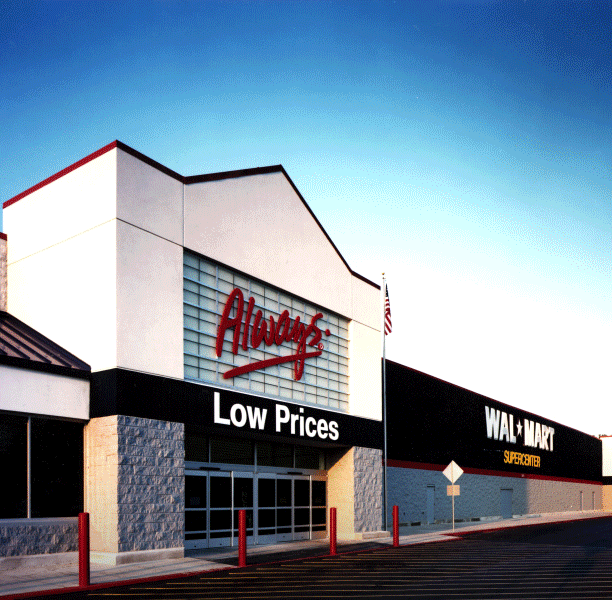 Walmart: Always Low Prices.
Walmart: Always Low Prices.
The largest physical retail brand in the US, Walmart has a global store network of more than 11,300 stores of which 5,355 stores are located in the US alone (2019). The brand is present in 27 countries serving its customers under 58 banners. The main factors driving the popularity of Walmart are the lower prices and the large range of products it sells. In 2019, Walmart acquired the e-commerce brand Flipkart to strengthen its presence in the Indian market. The net e-commerce revenue of the company during the fiscal year 2019 reached $25.1 billion. However, the leading source of Walmart?s competitive advantage in the global markets is its pricing strategy. The mission of Walmart is to ?save people money, so they can live better? and its pricing strategy is aimed to maximize savings for its customers.
EDLP Strategy.
Behind the enormous growth of Walmart and its success is its pricing strategy. The EDLP strategy means Everyday Low Prices. The company has been using this pricing strategy right since its inception and never deviated from the strategy. However, the EDLP strategy does not suit all the retail brands and this pricing strategy is used mainly in association with Walmart in the US. It is because you need certain other strengths too to sustain lower prices which have remained a key revenue driver for Walmart. (Walmart?s revenue crossed $514 billion in 2019 of which $510.3 billion were from sales of products whereas the rest from membership and other fees.) The first and most significant benefit of the EDLP strategy is higher demand. If your prices are lower than the competitors, customers will automatically flock to your stores leading to competitive advantage. Lower prices grow the demand for your products and if you offer quality products for low prices, the demand will continue to grow. Apart from that, if customers can find good quality products at your store at lower prices than other brands, they will stay loyal to your brand which means repeat purchases and higher profitability. One key drawback of EDLP is that you may have to sacrifice profit margins. Margins may be thinner at Walmart but the overall sales volume is just so high that it more than makes up for the lost margin. However, it also requires Walmart to control costs across its business operations.
How does Walmart Control Costs?
Controlling prices requires cutting down operational costs and other expenses. The EDLC or Everyday Low Costs formula has helped Walmart control costs and pass on the benefits to the customers.
Use of Bargaining Power:
A large number of suppliers depend on Walmart for a significant part of their revenue. Walmart has a significant influence on the bottom lines of these companies. Using this influence, Walmart is able to press its suppliers to cut down costs. Many times suppliers, automate their processes or move production to countries like China where cheaper labor is available in order to bring costs down and maintain their relationship with Walmart.
Lower Operational Costs:
To keep prices for its customers low and generate a significant competitive advantage, Walmart has kept cutting down operational costs. However, that does not imply the company has sacrificed operational efficiency. Cutting down unwanted layers of operations and eliminating any wasteful processes has helped Walmart bring operating expenses under control. This has remained Walmart?s rule right since its foundation. The company keeps its overheads low. Apart from that Walmart has also focused on supply chain and logistics management in a manner that eliminates costs and wastage of time. A technologically advanced supply chain system, an efficient inventory management system and a well-managed distribution network that focuses on saving both time and money have also helped Walmart cut down inventory management costs.
Direct Sourcing:
Instead of buying from middlemen, Walmart sources products directly from the manufacturers. This has also helped Walmart eliminate unnecessary costs and since it buys in bulk, it can press them to cut down costs.
High Sales Volume:
Keeping prices low also means thinner profit margins. So, what makes up for the lost margin? The sheer high sales volume at Walmart helps overcome all the other weaknesses. The sales volume is just so high that even at lower margins, the company?s profit level is significantly high. The same would not be possible if Walmart chased higher profit margins.


